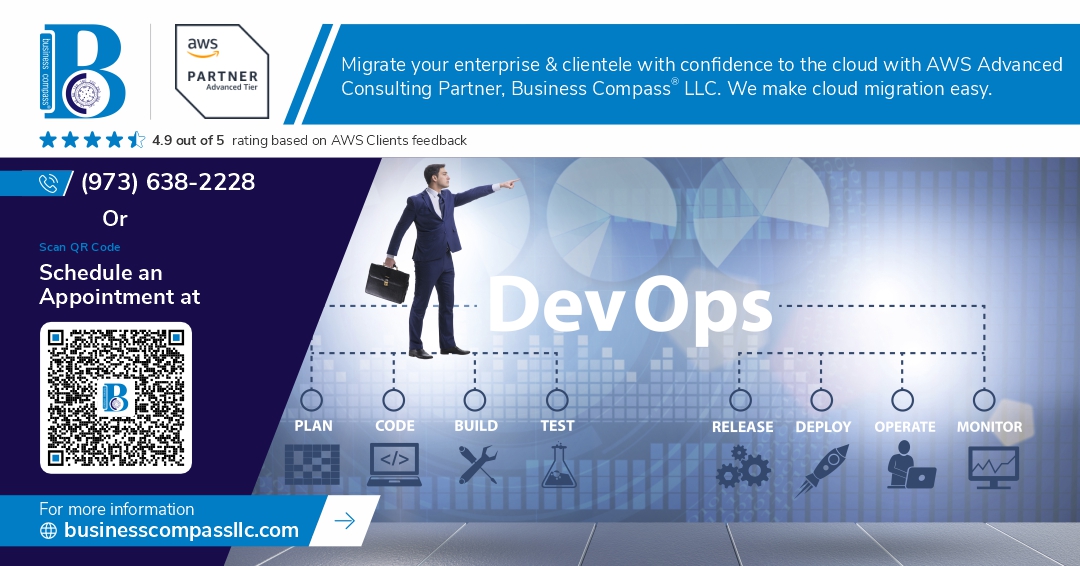How to Enable FinOps During the Deploy Phase of DevOps
Introduction
The deployment phase of DevOps is where applications go live, resources are provisioned, and real cloud spending begins. This stage also presents a golden opportunity to integrate FinOps (Financial Operations) principles, bridging the technical and financial accountability gap. By embedding FinOps early in the deployment lifecycle, organizations can foster a culture of cost transparency, drive cloud efficiency, and prevent budget overruns.
This guide walks you through key strategies to enable FinOps during the deploy phase of DevOps.
1. Shift-Left Cloud Cost Visibility
Developers and DevOps teams need visibility into cost implications before and during deployments to incorporate FinOps into the process.
Key Actions:
Integrate cloud cost estimation tools (e.g., AWS Pricing Calculator, Azure Cost Estimator) into CI/CD pipelines.
Use Infrastructure as Code (IaC) tools like Terraform or AWS CloudFormation with tagging policies that include cost center details.
Provide developers with dashboards (via tools like CloudHealth or CloudCheckr) to understand potential costs of their deployments.
Benefits:
This promotes cost-aware engineering and reduces surprises in cloud bills post-deployment.
2. Automated Cost Guardrails and Policies
Automating financial governance in the deployment pipeline can prevent excessive spending and non-compliant resource usage.
Key Actions:
Enforce policy-as-code using tools like Open Policy Agent (OPA) or Azure Policy to block non-approved instance types or regions.
Set deployment limits for CPU, memory, or storage to avoid over-provisioning.
Integrate budget alerts and anomaly detection tools with deployment triggers (e.g., AWS Budgets, GCP Billing Alerts).
Benefits:
Prevents runaway costs due to accidental misconfigurations or scope creep during deployment.
3. Real-Time Tagging and Cost Attribution
Proper tagging is the foundation of FinOps. Without it, cost allocation and accountability become difficult.
Key Actions:
Enforce mandatory tagging standards at deployment (project, environment, owner, cost center).
Automate tag inheritance through deployment templates.
Integrate tag validation into CI/CD pipelines.
Benefits:
Improves cost attribution to the right teams or projects and enhances visibility across departments.
4. Deploy with Cost-Efficient Defaults
When left unchecked, developers may deploy with default configurations not optimized for cost.
Key Actions:
Pre-configure deployment templates with cost-efficient instance types, storage classes, or serverless options.
Use spot instances or autoscaling where possible.
Default to resource lifecycle management policies (e.g., auto-termination for idle resources).
Benefits:
Drives cloud cost optimization automatically through guided deployments.
5. Collaborative Cost Ownership
FinOps isn’t just a finance or DevOps concern—it requires cross-functional collaboration.
Key Actions:
Include product owners, engineers, and finance in sprint reviews to evaluate cost vs. business value.
Visualize spend and utilization during post-deploy retrospectives.
Establish shared KPIs such as cost per feature or ROI per release.
Benefits:
Creates a culture of accountability and balances innovation with financial responsibility.
6. Feedback Loops and Continuous Improvement
Deployments should be analyzed not just for performance and bugs, but also for financial efficiency.
Key Actions:
Feed deployment cost data back into planning tools.
Track FinOps metrics (cost per deployment, cost anomaly resolution time).
Run blameless postmortems for cost incidents just like technical outages.
Benefits:
Enables continuous cost optimization and builds a learning loop within DevOps teams.
Conclusion
Integrating FinOps into the deployment phase ensures that financial considerations are no longer an afterthought but a core pillar of software delivery. By embedding cost transparency, guardrails, and collaboration directly into your DevOps pipeline, organizations can deploy confidently while staying in control of cloud spending.
FinOps during deployment isn’t about slowing down releases—it’s about enabling sustainable innovation.

Comments
Post a Comment